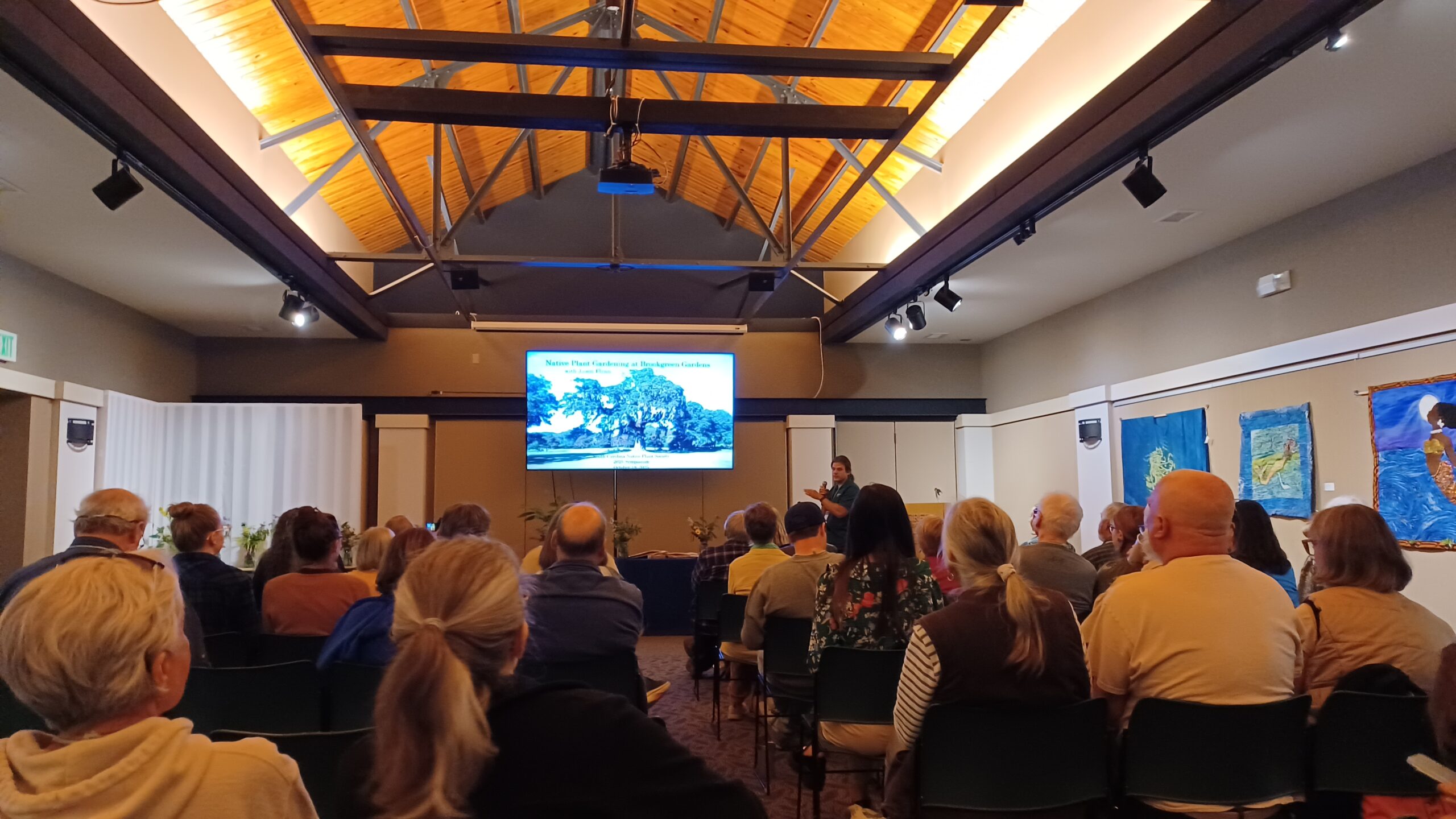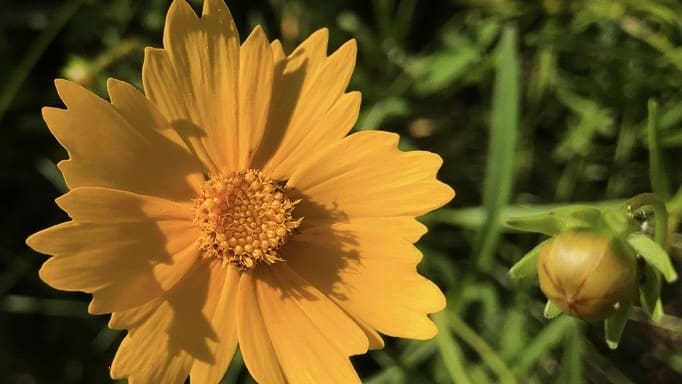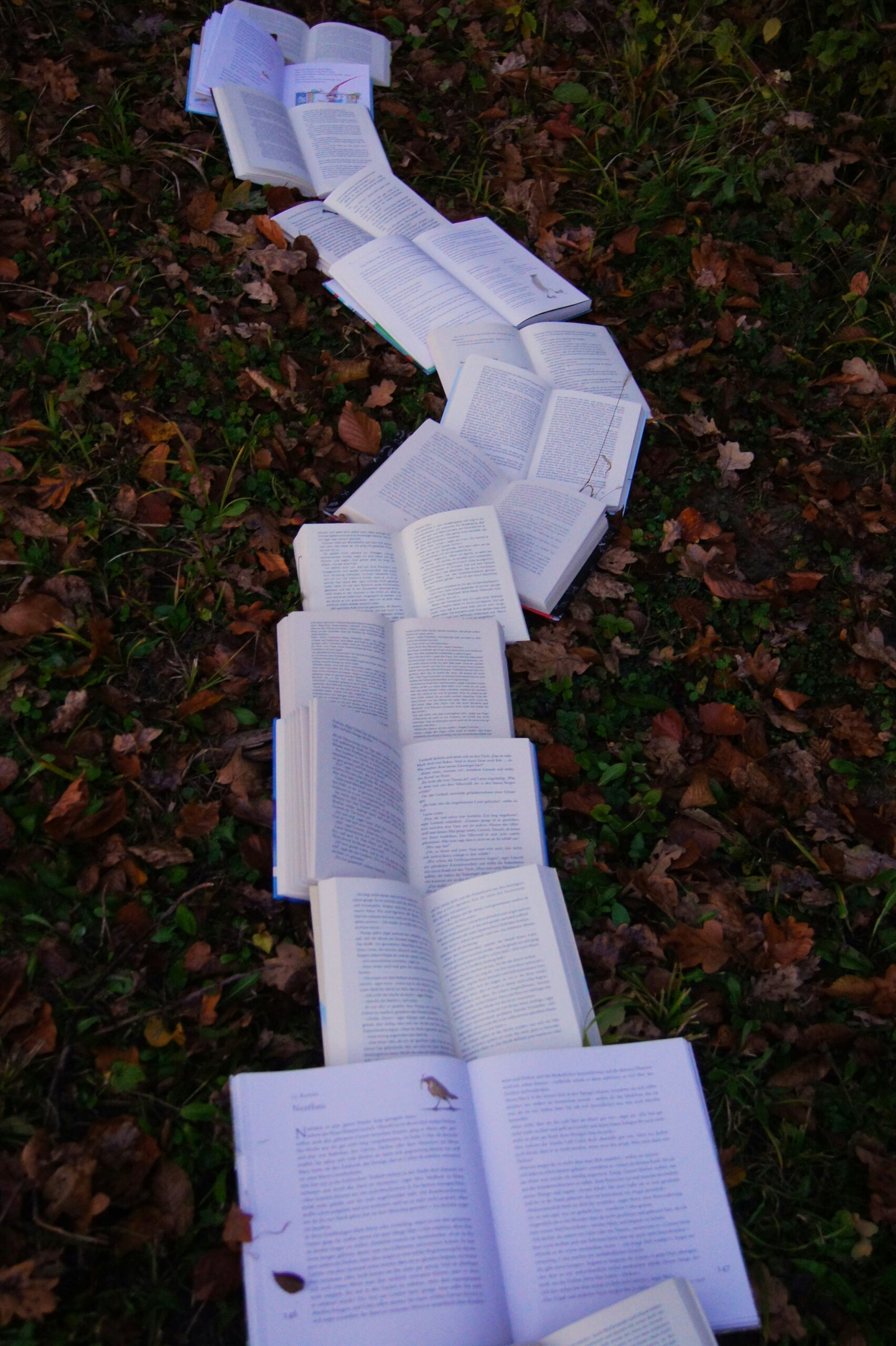We had a huge response to last month’s feature by Bill Stringer, “Backyard Eastern Meadow: An Eastern Piedmont Prairie in My Yard” (if you haven’t yet read it, you should!).
People have questions. Bill has answers. Read on to learn more!
Q: I have an ex-cotton area, too. The vegetable gardening world generally frowns upon adding sand in an attempt to improve soil texture because of the very large quantity required to make a positive difference. How did you determine the quantity of sand to use? Did you find a ratio of sand-to-soil that you can share?”
A: The sand in my site was apparently placed there as a part of the prescription for the above-ground pool foundation. I thought “Why am I running into pea-gravel below this sand layer?” when I started digging holes for transplanting the prairie plants.
The choice of deep-rooted prairie species made me look like a genius!
Formulating a prairie soil from an actual eroded Piedmont cotton field subsoil will require some thinking. I think I would lay out a small area, say 10 by 10 feet, and lay down 1 inch of big-box store construction sand over the area, cover it with a layer of tree leaves, wet it down to keep the leaf cover from blowing away, and come back in late winter 2024 and dig and turn the site.
This gives the earthworms time and encouragement to start some soil re-formation, and then you can plant deep-rooted prairie grasses and forbs to finish the soil formation work.
From my beginning soil science course notes…
In Factors of Soil Formation: A System of Quantitative Pedology (1941), Hans Jenny provided a detailed definition of both soil and the “larger system,” as well as a method to quantitatively and numerically link soil and larger system properties to state factors.
In the book, Jenny coined the term “pedogenesis”, which is the process of soil formation, and formulated this concept into the now famous “fundamental equation of soil-forming factors” or Jenny Equation: s = f (cl, o, r, p, t, …)
This equation states that the state of a body of soil at a point in time (s), refers to the function (f) of five interrelated factors: climate (cl), organisms (o), relief or topography (r), parent material (p), and time (t). He also inserted an ellipsis (…) in the equation for other possible factors that he did not consider at the time. Jenny, probably more than any North American soil scientist of his era, emphasized the importance of the biota in and upon soils.
Q: Hi, Bill. I love how you reclaimed your land and didn’t have to remove your sand or gravel! I would suppose that would make burning much easier than mowing, because of the gravel that is still there.
A: The gravel had been in place long enough that I didn’t recognize it as gravel until I started digging. Earthworms bring up soil that gets mixed in with the gravel. The gravel doesn’t have an impact on the burning. Most of the heat of the burn goes up, which helps to protect the roots and crowns from burning damage.
Q: I would love to see a visual of the grid you planned for the plantings. I am considering something like this for our back- or front-yard. I am supposing that dry periods are needed for the grasses to thrive?
A: I just eyeballed in where the next plug was to be planted. I planted on approximately 2-foot centers. If your planting site is on a slope, you might want to spread a very light layer of mulch for erosion prevention.
The site can be medium dry soil — you don’t want to plant in a site with poor drainage for the prairie grasses. My site is in Pickens County, and the soil (before the sand and gravel) was a typical survivor of the cotton era, which means that practically all of the topsoil had been eroded away, leaving mostly clay. The applied sand turned my soil into a sandy clay.
I failed to mention in the article that I had some bermudagrass patches, which meant I had to do some spot applications of glyphosate to give my transplants a fighting chance. There is no bermudagrass or bahiagrass in the prairie site now.
—Bill Stringer



